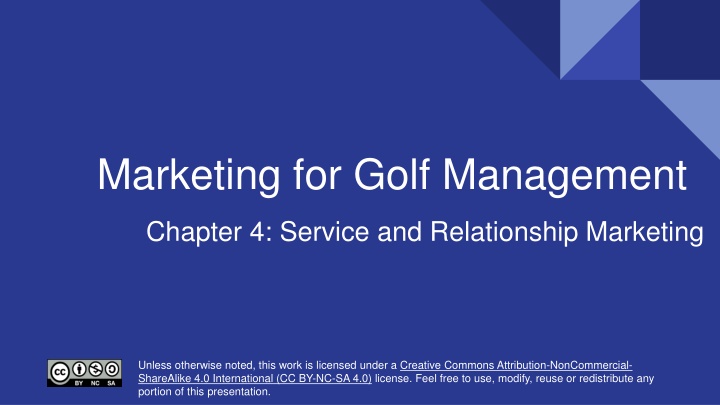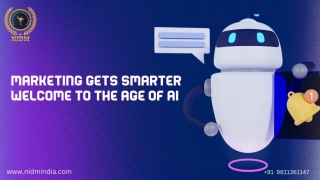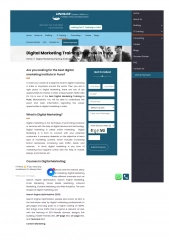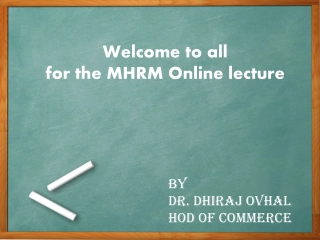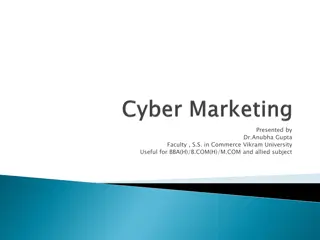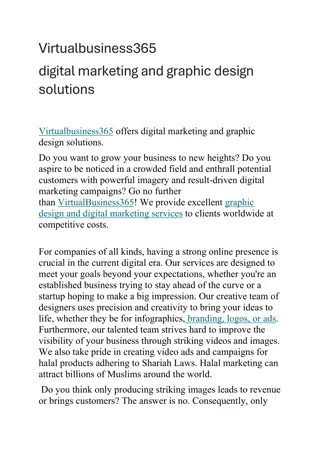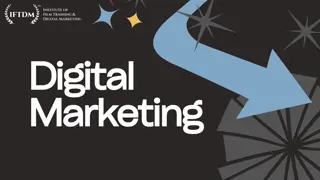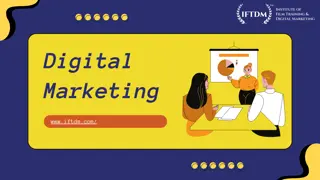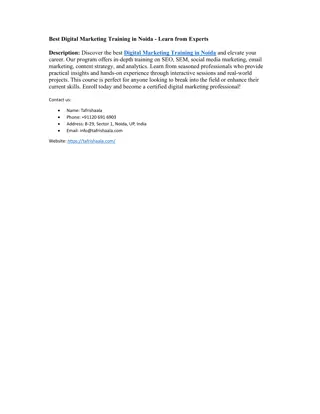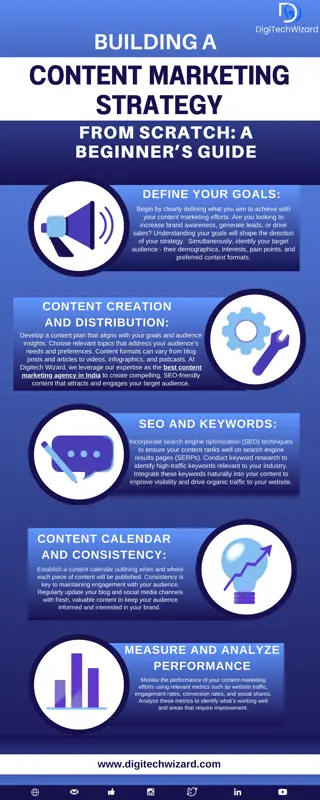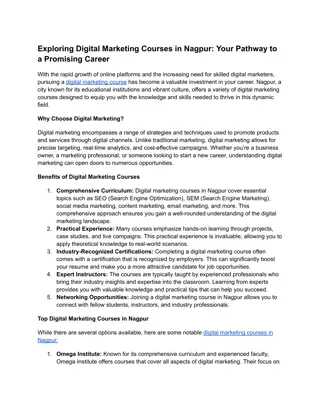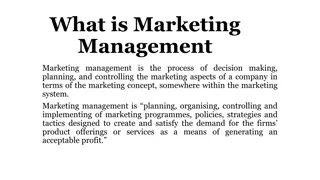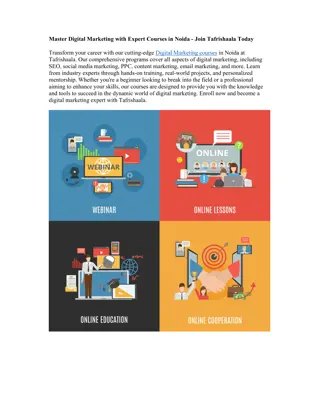Service and Relationship Marketing Essentials
Customer Relationship Management (CRM) is vital for businesses to build successful relationships with customers. Learn about developing rapport, loyalty management, and customer satisfaction strategies in this insightful chapter on service and relationship marketing in golf management.
Download Presentation

Please find below an Image/Link to download the presentation.
The content on the website is provided AS IS for your information and personal use only. It may not be sold, licensed, or shared on other websites without obtaining consent from the author.If you encounter any issues during the download, it is possible that the publisher has removed the file from their server.
You are allowed to download the files provided on this website for personal or commercial use, subject to the condition that they are used lawfully. All files are the property of their respective owners.
The content on the website is provided AS IS for your information and personal use only. It may not be sold, licensed, or shared on other websites without obtaining consent from the author.
E N D
Presentation Transcript
Marketing for Golf Management Chapter 4: Service and Relationship Marketing Creative Commons Attribution-NonCommercial-ShareAlike 4.0 International (CC BY-NC-SA 4.0) Creative Commons Attribution-NonCommercial-ShareAlike 4.0 International (CC BY-NC-SA 4.0) Unless otherwise noted, this work is licensed under a Creative Commons Attribution-NonCommercial- ShareAlike 4.0 International (CC BY-NC-SA 4.0) license. Feel free to use, modify, reuse or redistribute any portion of this presentation.
4.0 Learning Objectives In this chapter, we will: Learn why e-CRM (electronic customer relationship management) is an important part of business. Describe the differences between the three types of e-CRM. Describe the value of customer loyalty. Distinguish attitudinal loyalty from behavioural loyalty. Describe the components of a successful loyalty program. Interpret satisfaction and recommend satisfaction strategies. Design a customer satisfaction measurement system. Brainstorm complaint management strategies.
4.1 Defining Customer Relationship Management Customer Relationship Management (CRM) is about managing customer relationships. Customers are the most important stakeholders in a business s success A successful relationship with a customer is based on meeting (and perhaps even exceeding) his or her needs The CRM cycle starts with determining potential customer problems and then presenting solutions to those problems. Solutions are implemented, and ongoing service maintains the relationship with the customer CRM software enables businesses to manage all customers and potential leads a centralized place CRM software also enables businesses to automate much of the sales cycle, freeing salespeople to spend time on creating personal relationships where it matters with potential and existing customers Customer relationships are no longer driven by telephone call centers but instead by social media and instant messenger
4.2 Developing Rapport Rapport is a relationship or connection you build with others In everyday life, two people have a rapport when they get along well and are friends Building rapport is essential in marketing Steinhoff s research has found that reciprocity and trust are important aspects of e-commerce relationships, electronic word-of-mouth via the social web can have a positive and negative effect on company sales, privacy concerns and data breaches can have a negative effect on company performance, and service robots can be off-putting to customers
4.3 Loyalty Management Loyalty has two dimensions: One dimension of loyalty is behavioural loyalty, meaning the customer buys the product regularly and does not respond to competitors offerings. The second dimension is attitudinal loyalty, which is the degree to which the customer prefers or likes the brand. Loyalty programs are marketing efforts that reward a person or organization for frequent purchases and the consumption of offerings Loyalty programs can have four positive effects The blocker effect: Block competitors marketing efforts The spreader effect: Encourage customers to buy related offerings The accelerator effect: Accelerate their purchases The longevity effect: They can increase the longevity, or lifetime value, of customers
4.3 Criteria for Successful Loyalty Programs Just having a loyalty program is no guarantee of success Loyalty is created when: A company performs well Responds to its customers Identifies its loyal customers Makes the benefits of its loyalty program transparent (obvious) The firm builds a community among its customers
4.4 Customer Satisfaction Customer satisfaction is typically defined as the feeling a person experiences when an offering meets his or her expectations When an offering meets the customer s expectations, the customer is satisfied There are two critical ways to improve customer satisfaction: The first is to establish appropriate expectations in the minds of customers. The second is to deliver on those expectations. To measure customer satisfaction, you need to able to understanding what creates it Effective customer satisfaction measures have several components: The two general components are the customer s expectations and whether the organization performed well enough to meet them. A third component is the degree of satisfaction, or to put it in terms we ve used to describe exceptional performance, is the customer delighted?
4.4 Complaint Management Strategies When buyers want to complain about products or companies, they have many ways to do so They can complain to the companies they re upset with, tell their friends, or broadcast their concerns on the Internet People who use every Internet site possible to bash a company are called verbal terrorists The net promoter score is the number of recommenders an offering has minus the number of complainers (Reicheld, 2006) The more positive the score, the better the company s performance. When a complaint is made, the process for responding to it is as important as the outcome Consumers judge companies as much for whether their response processes seem fair as whether they got what they wanted
4.4 Handling the Complaint Process A good customer complaint handling process involves these steps: Listen carefully to the complaint Acknowledge the customer s feelings Determine the root cause of the problem Offer a solution Gain agreement on the solution and communicate the process of resolution Follow up, if appropriate Record the complaint and resolution
